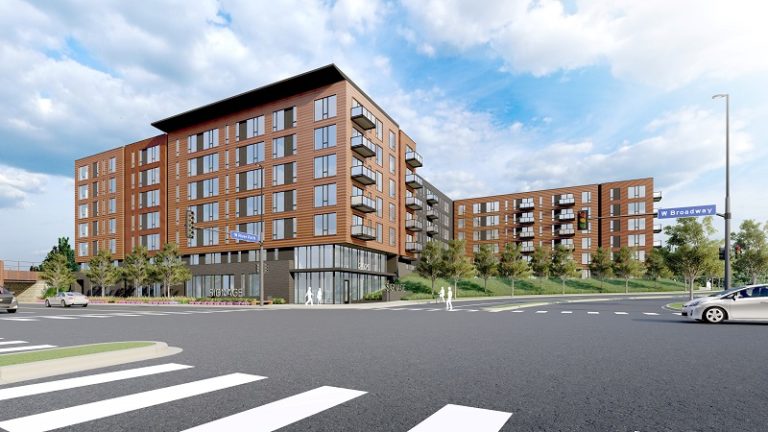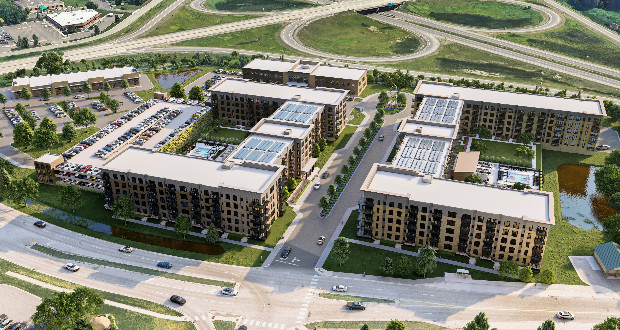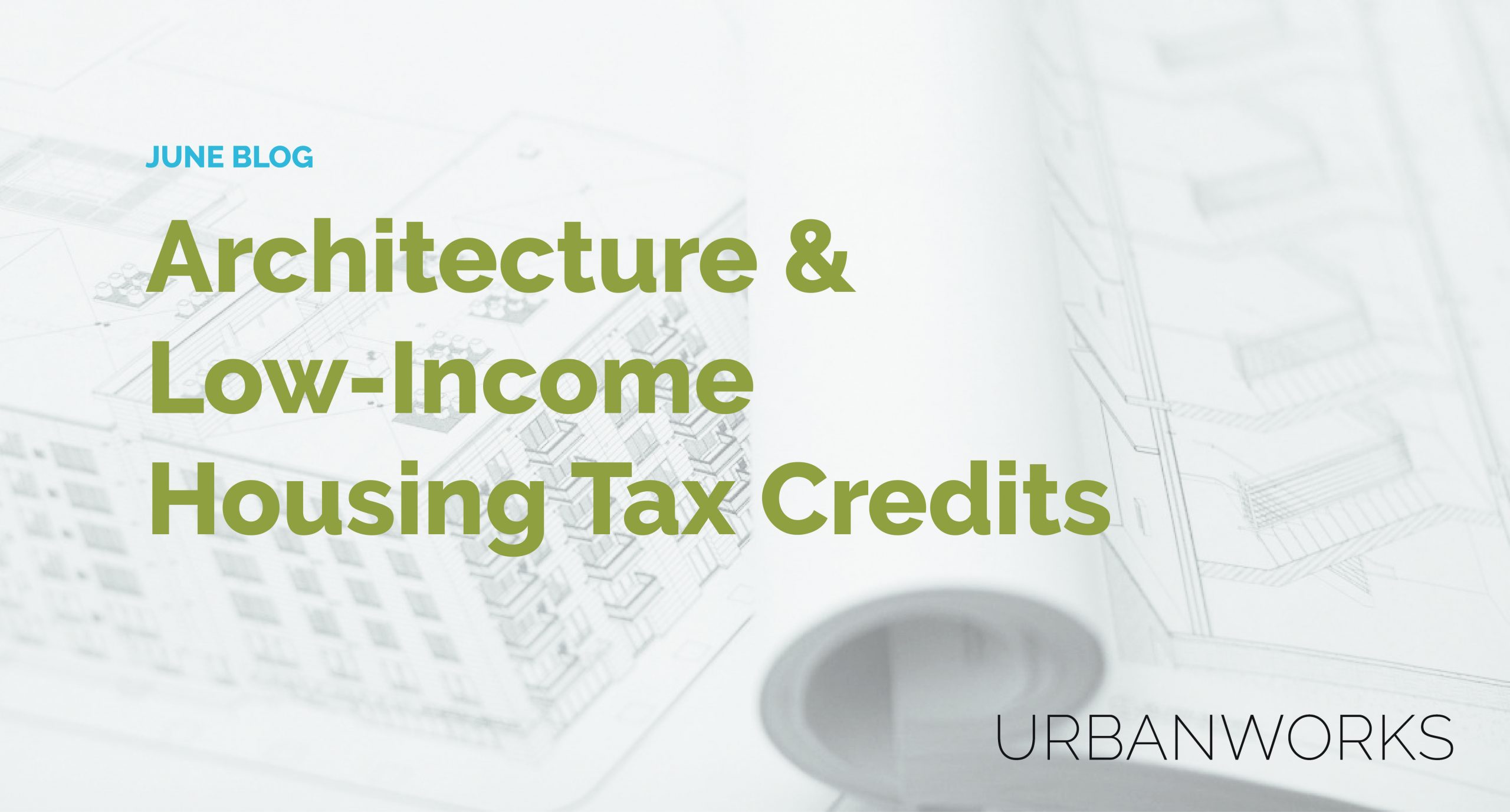
Architecture and Low-Income Housing Tax Credits
Each spring and summer UrbanWorks Architecture works alongside our partners to submit applications for Low-Income Housing Tax Credits through Minnesota Housing. These policy driven tax incentives allow new developments to create affordable housing for local communities.
What are Low-Income Housing Tax Credits?
Organized by Minnesota Housing, Low-Income Housing Tax credits are part of the federal Low-Income Housing Tax Credit (HTC) program, which is a financing program for qualified residential rental properties. These tax credits encourage this type of development by offering financial investors a 10-year reduction in tax liability. This is exchanged for capital, which is then used to fund the new affordable rental housing units in new construction, rehabilitation, or acquisition with rehabilitation. These projects can be fully affordable, or include a mix of affordable and market rate housing- though the tax credits apply only on the affordable portion of the development. Developers are able to apply for one of two tax credit rates, 4% and 9 %, depending on which rate best fits their project needs. Ultimately, the Low-Income Housing Tax Credits are a fixed-term tax reduction that allow developers to fund affordable rental units in Minnesota.
Why are Low-Income Housing Tax Credits Important?
Low-Income Housing Tax Credits are a key tool for the new development of affordable rental housing. There is a significant upfront cost to multifamily housing development, and these tax credits assist with the financial constraints for developers. By supporting upfront capital investments, these tax credits give affordable housing developers the capital they need to begin construction of new projects. Without the tax credit system it can be challenging for affordable housing developers to pull together the necessary financing to make projects financially feasible. Affordable housing funded through this program is sorely needed in many communities and directly benefits both communities and residents. The projects result in high quality, rent adjusted housing aimed specifically at income qualifying residents, ensuring that members of the community have a safe and affordable place to call home.
How is UrbanWorks Involved?
At UrbanWorks, we work closely with multifamily housing developers and nonprofit organizations that want to build new, affordable housing units. We work with our clients to locate potential sites, design an initial layout of the building, and estimate the rough costs of building the project. For affordable housing with a specialized resident group, such as senior housing or housing for people with physical disabilities, we work to design a proposed project that meets the needs of future residents through thoughtful, evidence based design practices. We assist throughout the Low-Income Housing Tax Credit application process, establishing a detailed and robust application for submittal. Upon receiving the tax credits, UrbanWorks continues to work alongside our client to take the project to completion.
UrbanWorks Low-Income Housing Tax Credit Projects
We are proud to have worked on multiple projects funded in part through tax credits. Below are a few examples of projects that have brought affordable housing to their communities through the Low-Income Housing Tax Credits.
Creekside Commons

Rising Cedar Apartments
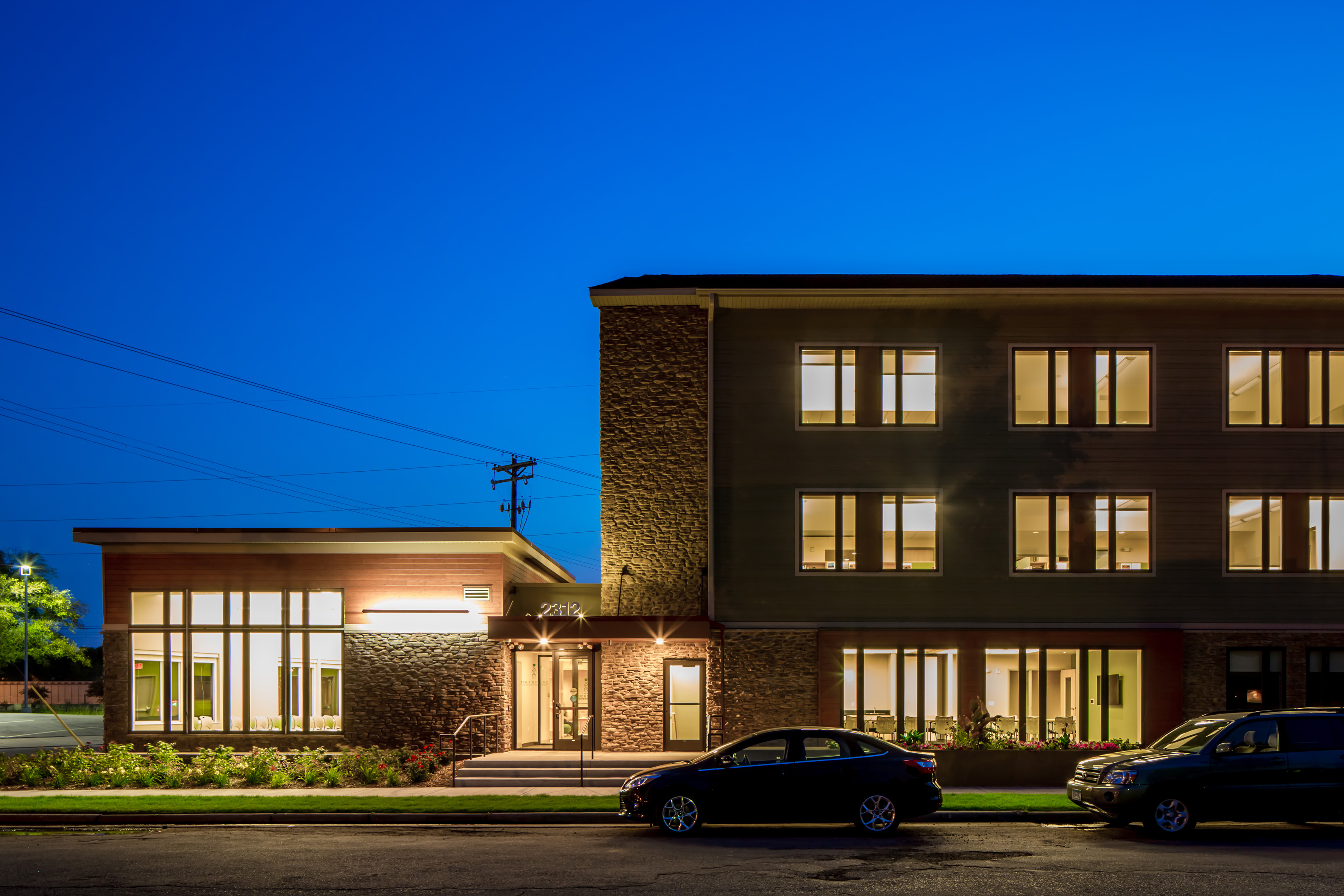
The building combines 40 units of housing, the 8,000 SF office headquarters for Touchstone Mental Health, and a Center for Health and Wellness to be used by both residents and members of the Touchstone community.
The Cameron Historic Lofts
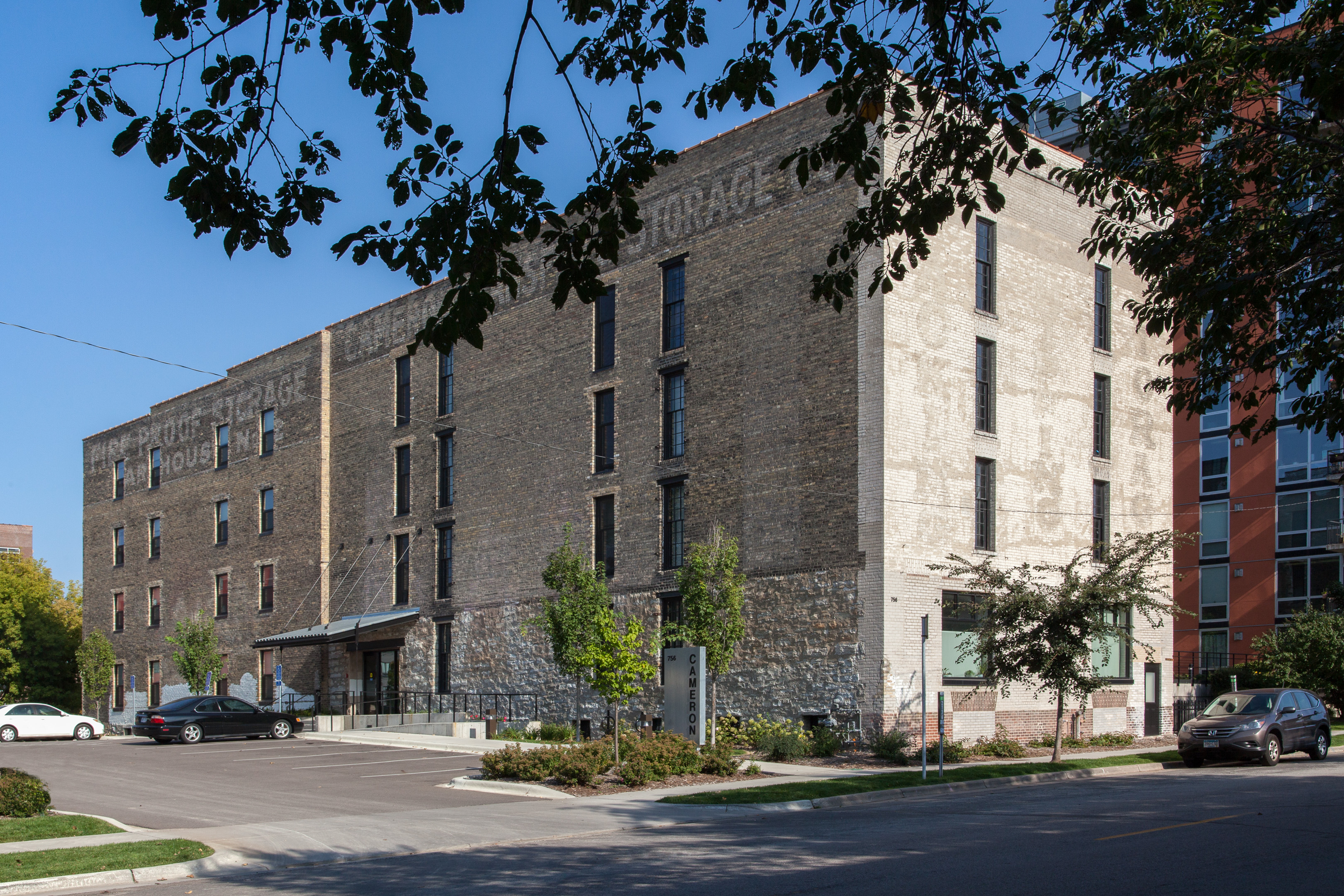
Artspace Hastings Lofts
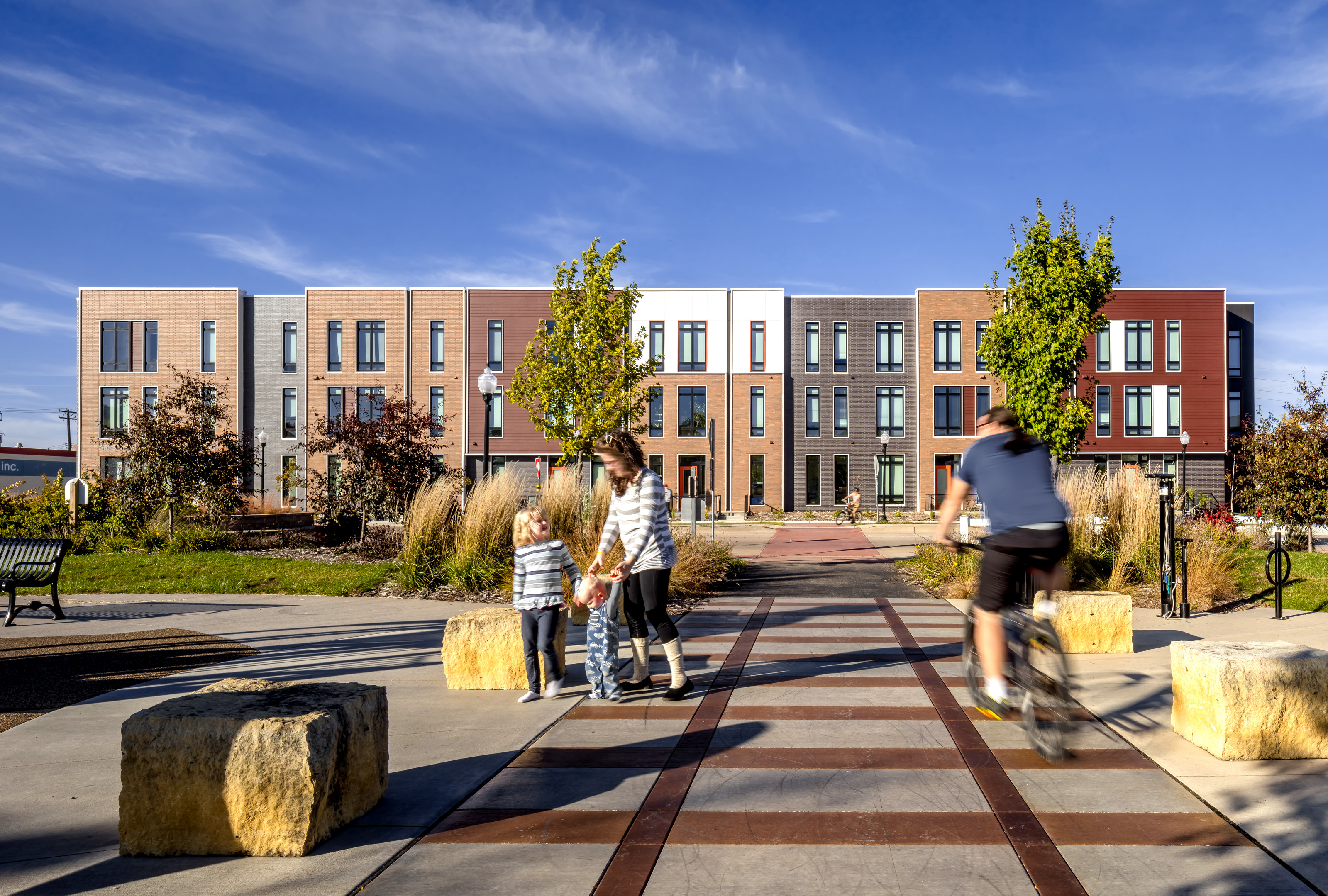
66 West
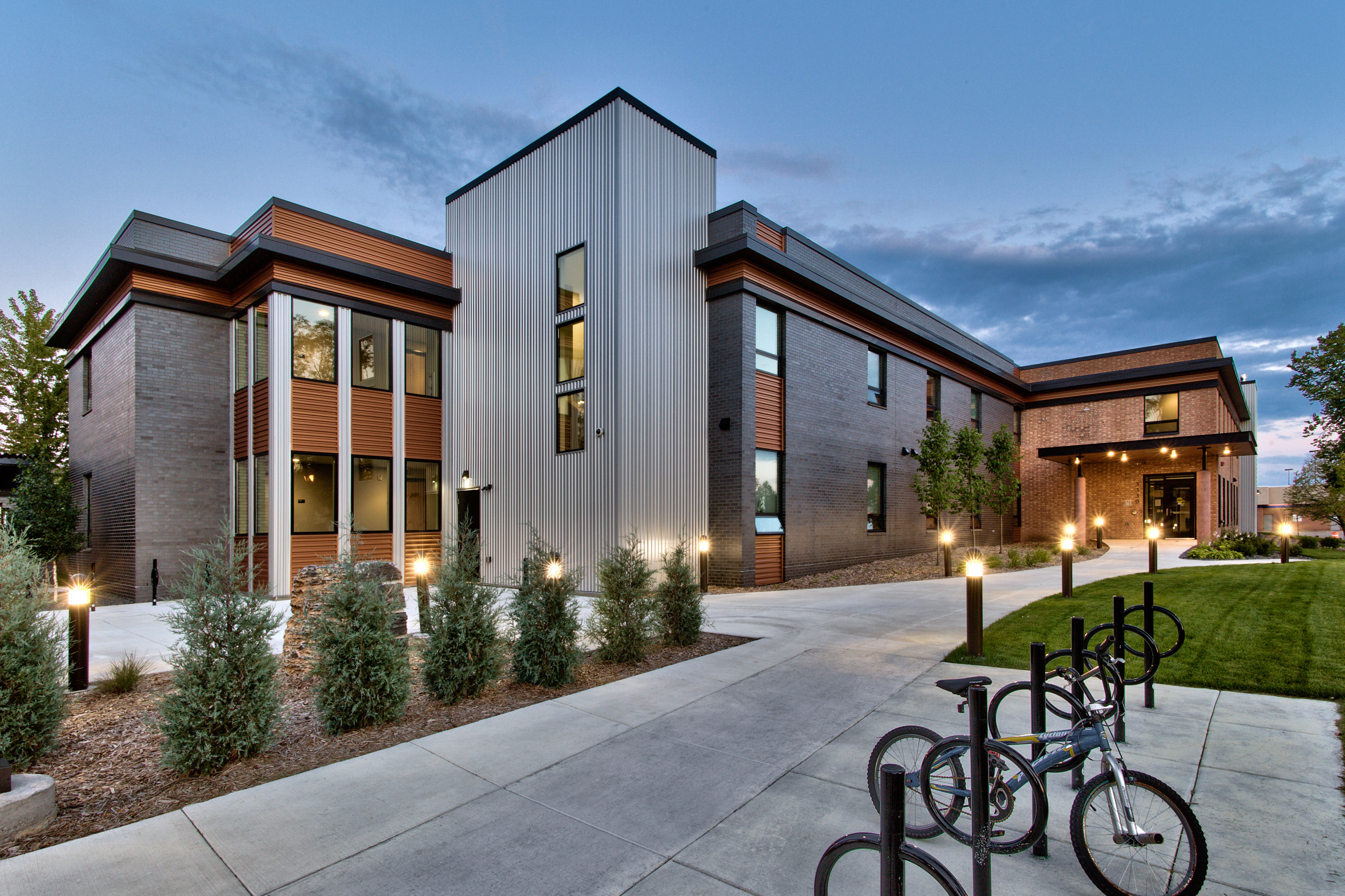
Hawthorne Eco Village Apartments
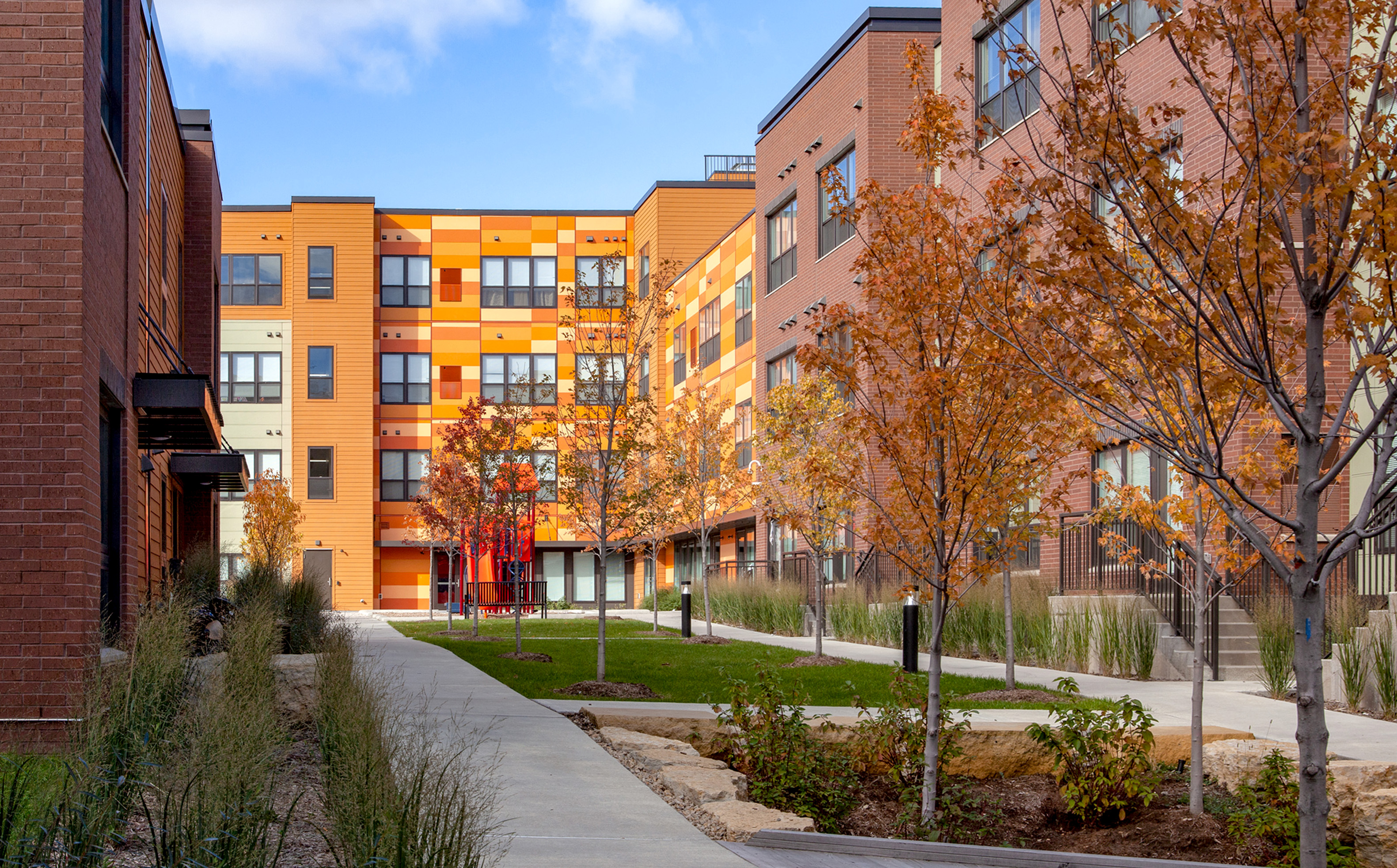
East Town Apartments
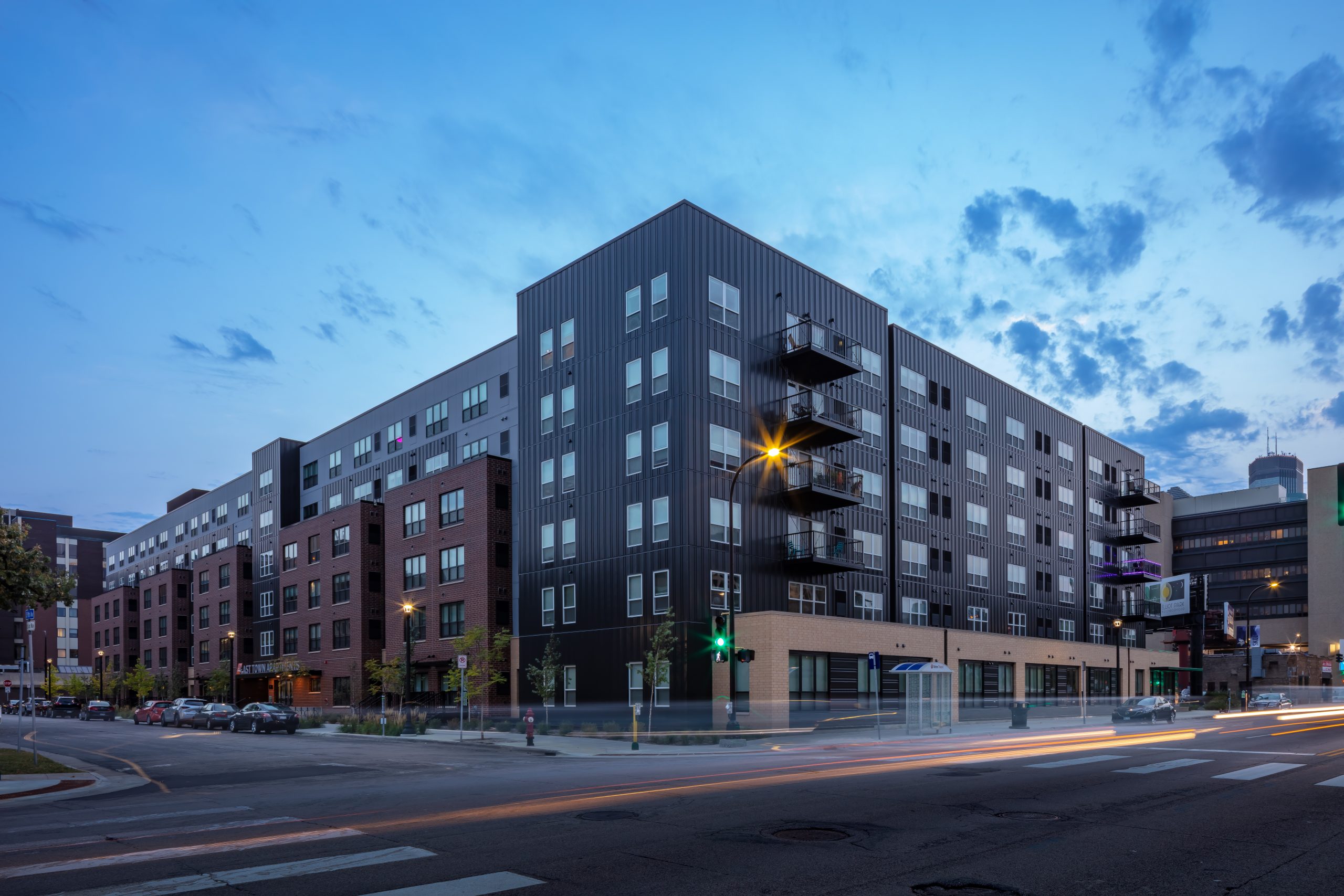
The building offers housing to residents making between 50-60% of Area Market Median, and features a community room with kitchen, fitness center, laundry facilities, and an outdoor patio and playground space for families.
YouthLink
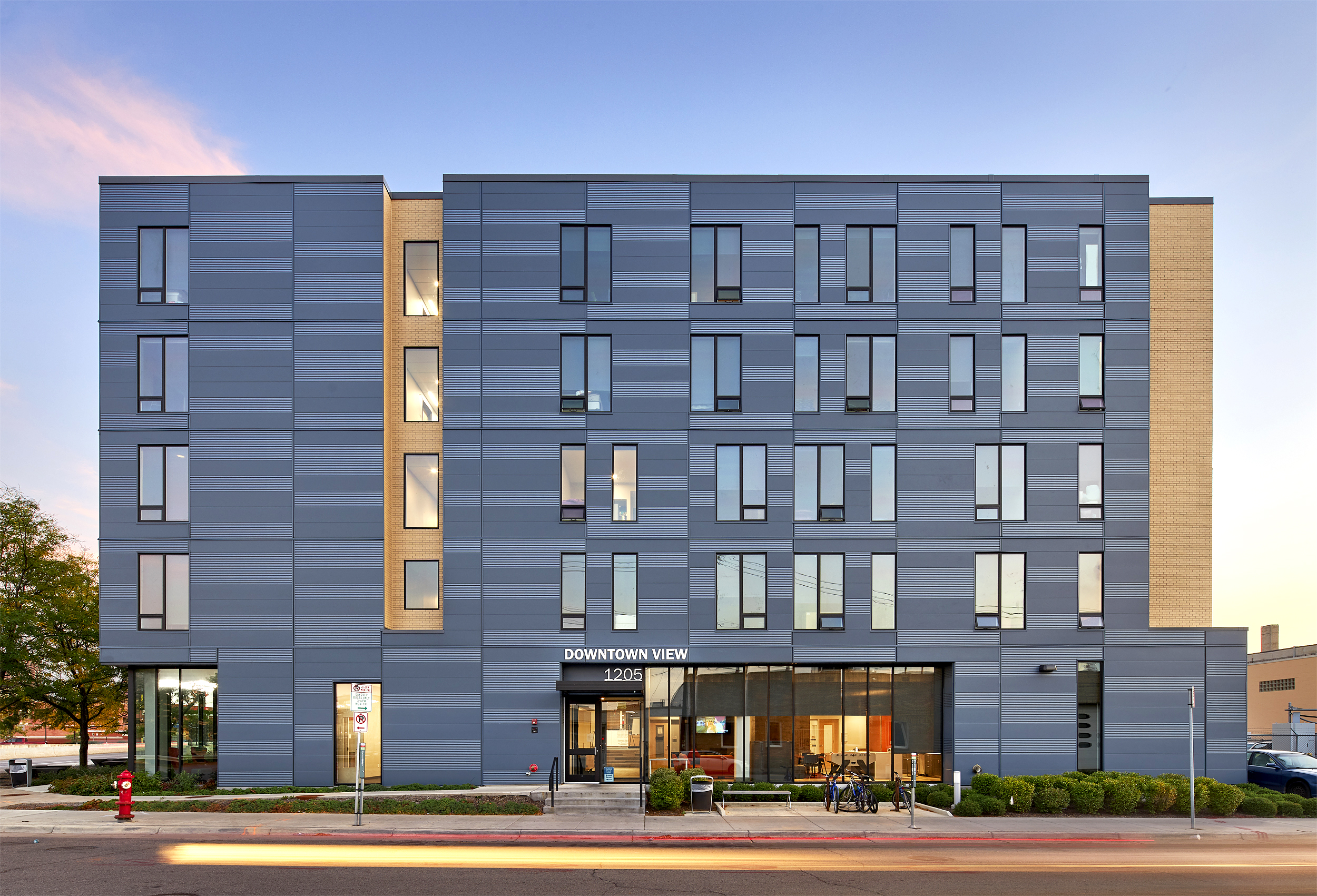
The Redwell
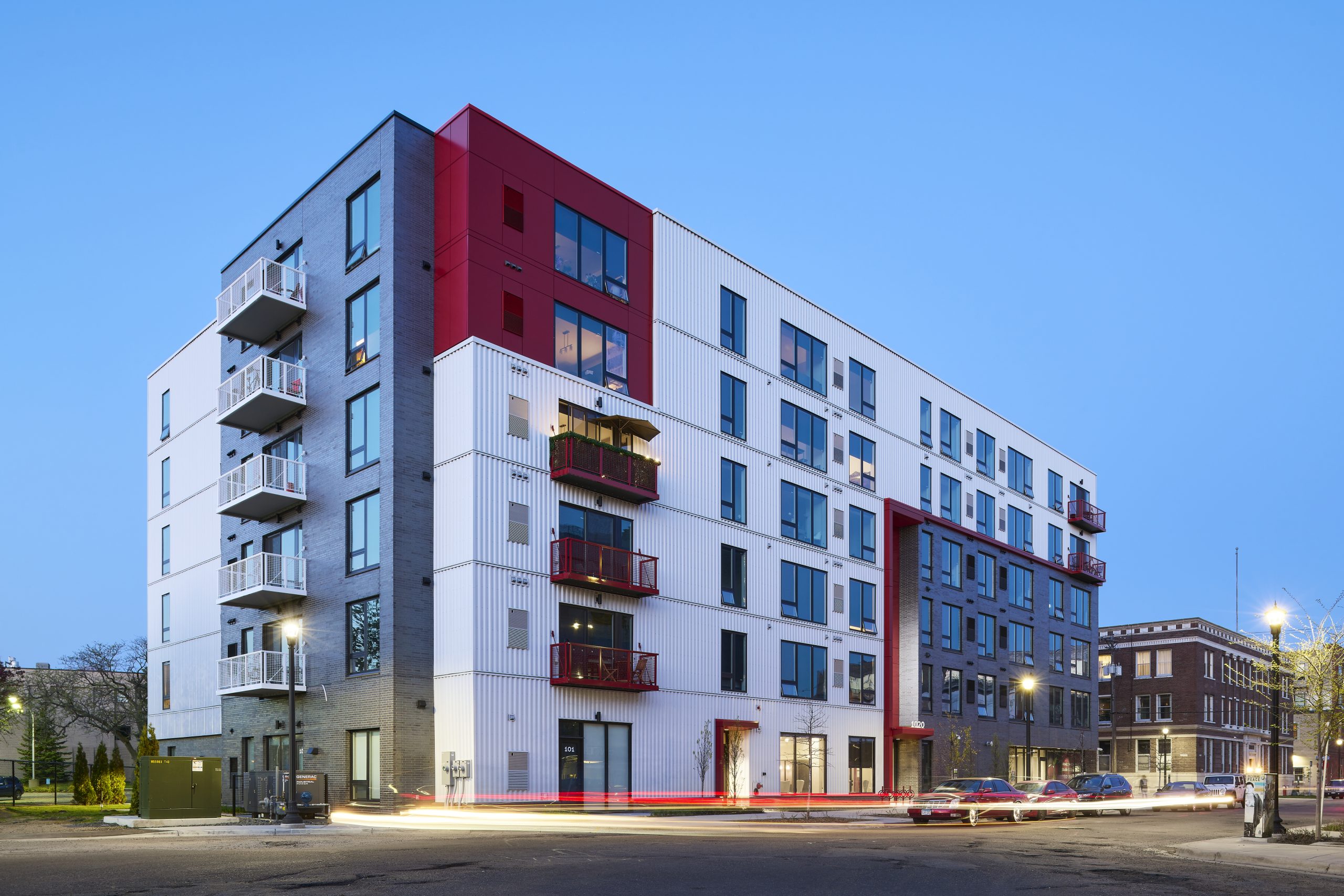
Maya Commons
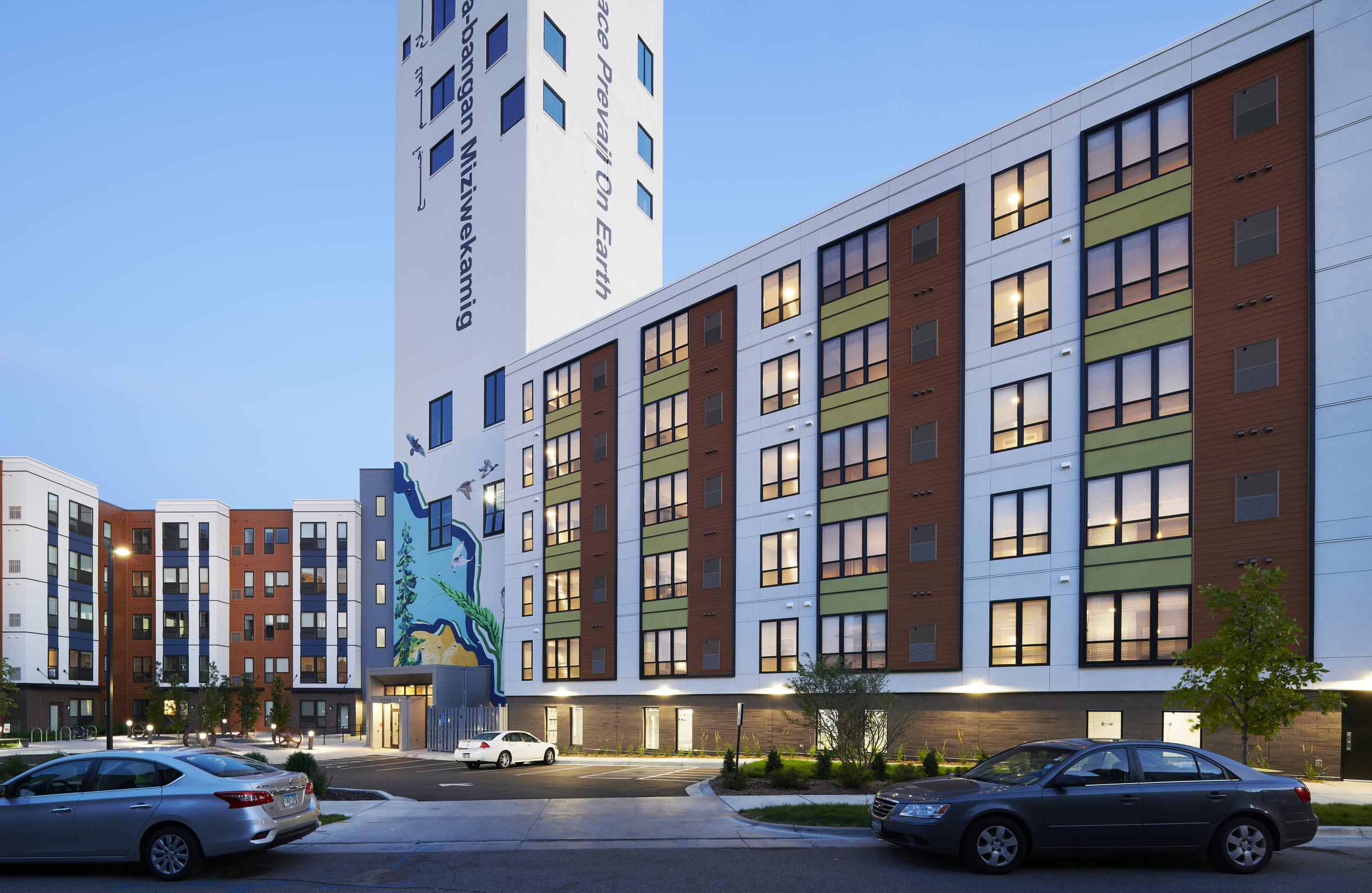
- Post Tags:
- Affordable Housing
- Blog
- Posted In:
- Vantage
You might also like
-
New George Floyd Square, Trellis plans to convert church into affordable housing https://urban-works.com/wp-content/uploads/2022/07/churchconversion_660xx1325-745-0-14.jpg 660 371 UrbanWorks Architecture UrbanWorks Architecture https://urban-works.com/wp-content/uploads/2022/07/churchconversion_660xx1325-745-0-14.jpg
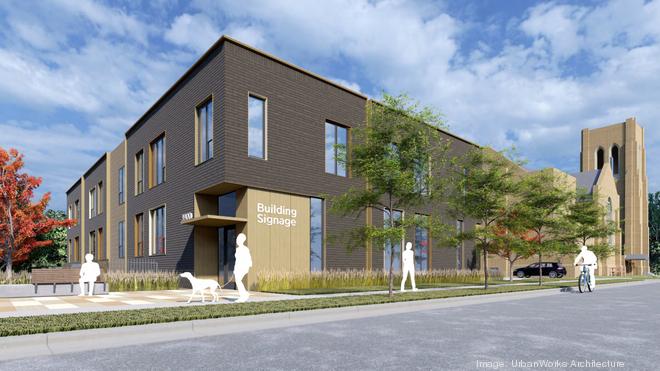
-
-
